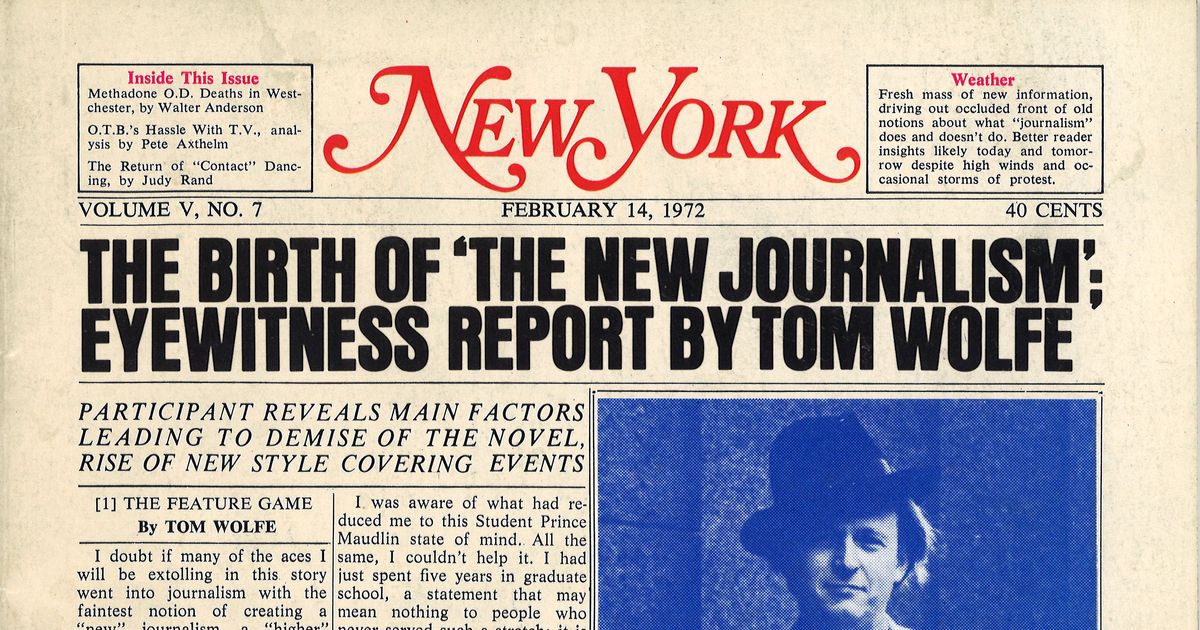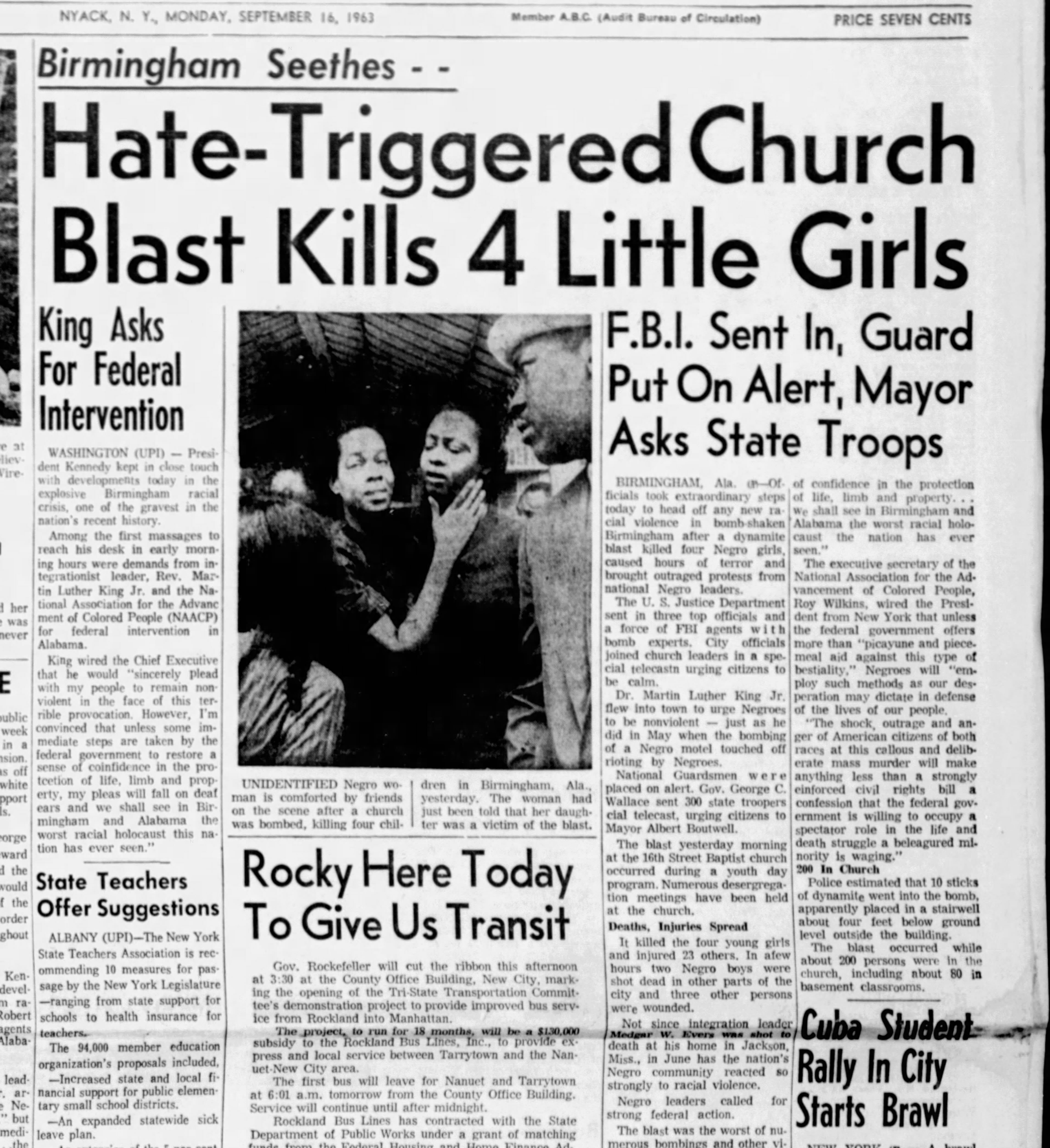The Buzz on News Articles
The Buzz on News Articles
Blog Article
News Articles Fundamentals Explained
Table of ContentsTop Guidelines Of News ArticlesWhat Does News Articles Do?News Articles Can Be Fun For AnyoneHow News Articles can Save You Time, Stress, and Money.News Articles Things To Know Before You Buy
Good knowledge of various subjects offers trainees an one-upmanship over their peers. Although digital and social media are conveniently available, we need to not fail to remember how crucial it is to read the papers. Parents need to attempt and inculcate the behavior of reading a paper as a daily routine to proceed the legacy of the adored print tool.Information tales also include at the very least one of the adhering to important qualities family member to the desired target market: closeness, prominence, timeliness, human rate of interest, strangeness, or consequence.
Within these limits, news stories likewise aim to be detailed. Other elements are included, some stylistic and some derived from the media form. Among the larger and more reputable newspapers, fairness and balance is a major factor in presenting information. Discourse is generally constrained to a different area, though each paper may have a different general slant.
Papers with a worldwide audience, for instance, often tend to utilize a more formal design of composing. The specific selections made by an information outlet's editor or content board are usually accumulated in a style overview; typical style overviews include the and the US Information Style Publication. The primary goals of information writing can be summarized by the ABCs of journalism: precision, brevity, and clearness.
How News Articles can Save You Time, Stress, and Money.
As a rule, reporters will certainly not use a long word when a short one will certainly do. They make use of subject-verb-object building and construction and vibrant, active prose (see Grammar). They use stories, instances and allegories, and they rarely depend on generalizations or abstract ideas. News writers try to avoid utilizing the exact same word a lot more than as soon as in a paragraph (often called an "resemble" or "word mirror").
Headlines sometimes omit the topic (e.g., "Leaps From Boat, Catches in Wheel") or verb (e.g., "Cat woman fortunate"). A subhead (additionally subhed, sub-headline, subheading, caption, deck or dek) can be either a secondary title under the primary headline, or the heading of a subsection of the article. It is a heading that comes before the major text, or a group of paragraphs of the major message.

Added billboards of any of these kinds might appear later on in the short article (especially on succeeding pages) to tempt additional reading. Such signboards are look these up likewise made use of as guidelines to the short article in various other sections of the magazine or site, or as promotions for the piece in various other publication or websites. Common framework with title, lead paragraph (summary in vibrant), other paragraphs (information) and get in touch with details.

Instance of a hard-lead paragraph NASA is recommending an additional room task. The firm's budget request, revealed today, included a plan to send another goal to the Moon. This moment the firm wants to develop a long-lasting facility as a jumping-off point for other room experiences. The budget plan requests approximately $10 billion for the task.
The NASA statement came as the company requested $10 billion of appropriations for the task. An "off-lead" is the second most essential front page information of the day. The off-lead appears either in the leading left corner, or straight listed below the lead on the. To "bury the lead" is to start the post with background details or details of secondary relevance to the visitors, forcing them to find out more deeply right into a post than they should need to in order to find the essential factors.
The Main Principles Of News Articles
Typical use is that or more sentences each develop their very own paragraph. Reporters usually describe the organization or framework of an information try this web-site tale as an inverted pyramid. The vital and most intriguing components of a story are put at the beginning, with supporting info complying with in order of lessening importance.
It allows people to explore a topic to only the depth that their inquisitiveness takes them, and without the charge of information or subtleties that they could consider irrelevant, but still making that info offered to much more interested visitors. The inverted pyramid structure likewise allows short articles to be trimmed to any approximate size during design, to fit in the space available.
Some writers start their stories with the "1-2-3 lead", yet there are several kinds of lead readily available. A twist can refer to multiple points: The last tale in the news program; a "satisfied" story to end the program.
Longer posts, such as magazine cover articles and the items that lead the inside sections of a paper, are called. Attribute tales differ from straight information in a number of ways. Foremost is the lack of a straight-news lead, a lot of the moment. Rather than providing the significance of a story in advance, function writers might attempt to tempt visitors in.
The Facts About News Articles Uncovered
An attribute's first paragraphs frequently associate an appealing minute or occasion, as in an "unscientific lead". From the details of an individual or episode, its sight quickly broadens to generalities about the story's subject.

The Editor's Toolbox: A Reference Overview for Beginners and Professionals (2001) Allan M. Siegal and William G. Connolly. The New York Times Manual of Design and Use: The Official Design Guide Made Use Of by the Writers and Editors of the World's Most Reliable Newspaper (2002) M. L. Stein, Susan Paterno, and R.
Report this page